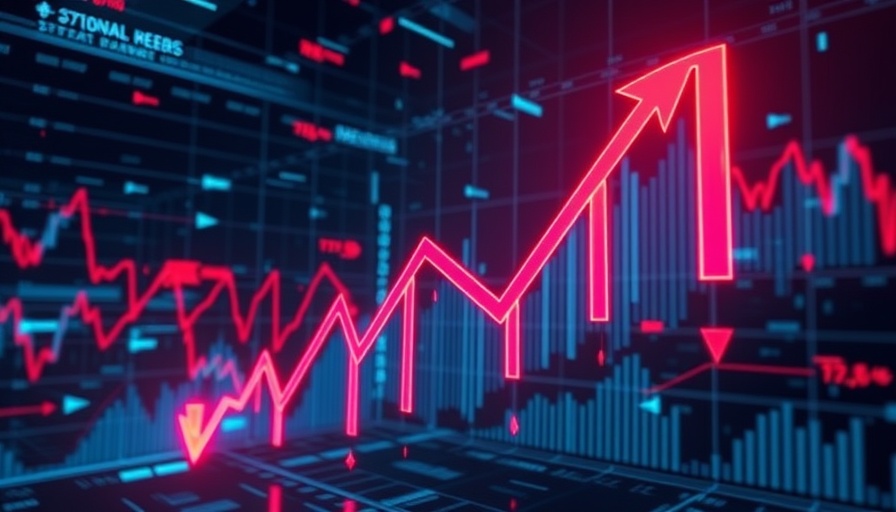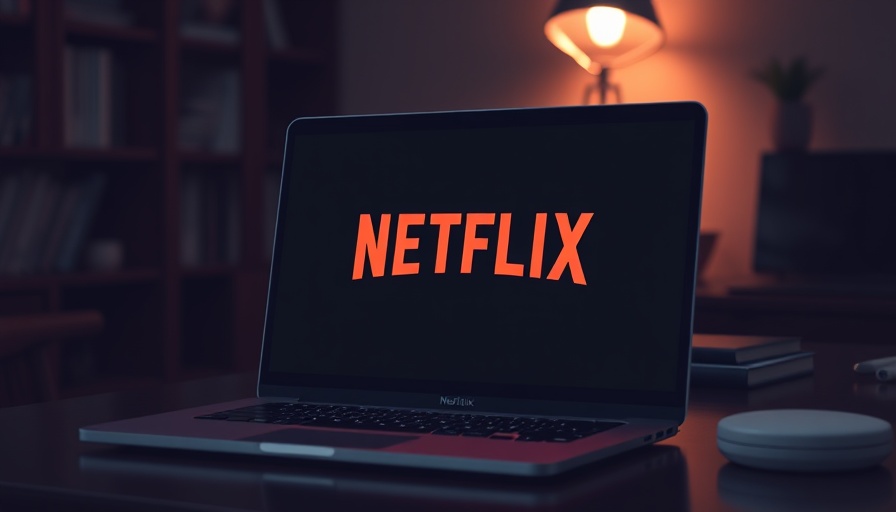
Understanding the 2024 CrowdStrike Outage: A Wake-Up Call for Healthcare CIOs
The recent findings from a JAMA study highlight the significant impacts of last year’s CrowdStrike cybersecurity outage, showing that over a third of surveyed hospitals faced critical downtimes. This incident showcased not only the vulnerability of healthcare systems to cybersecurity threats but also spotlighted the need for effective communications and response strategies among Chief Information Officers (CIOs).
Strengthening system resilience in a post-outage world
In the aftermath of the outage, healthcare CIOs are re-evaluating how they manage automatic system updates. CrowdStrike has responded by enhancing system recovery processes. Their developments include advanced sensors for Windows and macOS capable of detecting update failures and automatically managing safe mode activations. This advancement means less manual intervention, streamlining the recovery process and reducing system downtime that can jeopardize patient care.
Why update control matters: A fresh strategy
CIOs now have a pivotal role in controlling when and how updates occur. CrowdStrike has redesigned its update control systems, providing organizations with the flexibility to manage deployment schedules. By allowing different schedules for testing, workstations, and mission-critical infrastructure, health organizations can avoid systemic problems and interruptions, ensuring continuity of care.
Investing in Advanced Threat Detection: The Future of EDR
As healthcare delivery increasingly relies on digital systems, investing in Endpoint Detection and Response (EDR) solutions becomes essential. Unlike traditional antivirus measures, EDR provides real-time insights, helping IT teams assess suspicious activity effectively. It enables institutions to trace actions for accountability and prompt response during suspected breaches—critical for maintaining trust in healthcare systems.
What healthcare CIOs can learn from these industry trends
The current landscape necessitates a shift in how healthcare organizations approach cybersecurity. CIOs must ensure they are equipped to tackle emerging threats by integrating sophisticated technologies like EDR to safeguard sensitive health data. This move not only strengthens the integrity of healthcare systems but also fosters a culture of innovation and trust.
As professionals in healthcare, finance, and tech industries grapple with these changes, it's crucial to continue the dialogue around cybersecurity trends, emerging technologies, and actionable insights. Prioritizing these discussions will enable us to reshape our strategies for future challenges.
By acknowledging these lessons learned from the CrowdStrike incident, healthcare CIOs are better positioned to safeguard their institutions, ensuring the delivery of high-quality care in an increasingly unstable digital landscape.
 Add Row
Add Row  Add
Add 




Write A Comment